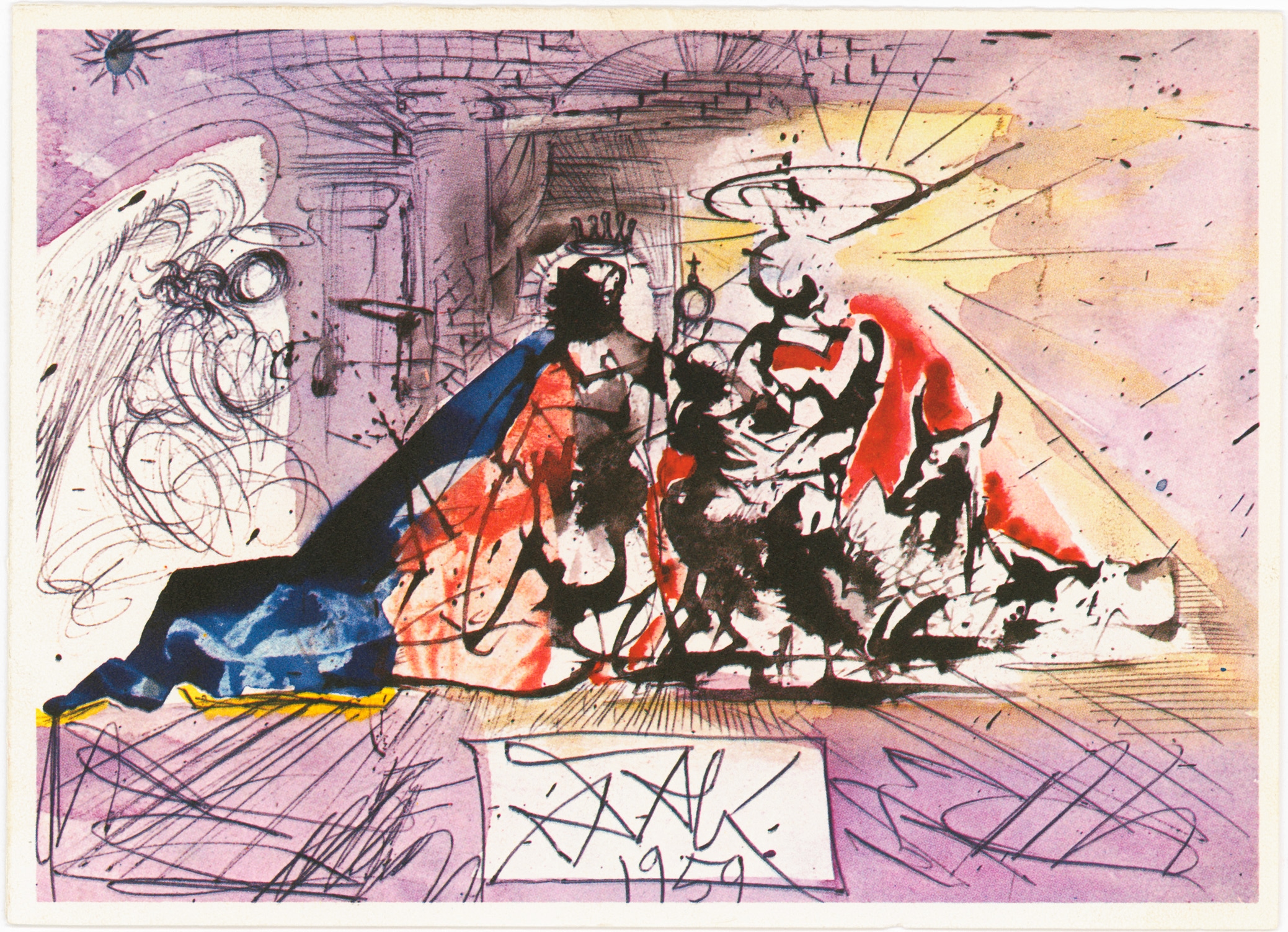The word “cynical,” like “stoic,” has come to have a very specific meaning in English, one that bears only a partial resemblance to the ancient Greek philosophy from which it came. “Cynics,” writes psychiatrist Neel Burton, “often come across as contemptuous, irritating, and dispiriting.” They are bitter, unhappy people, defined by thoroughgoing pessimism, summed up in the Oscar Wilde quote about those who “know the price of everything and the value of nothing.” This characterization is partly the result of ancient slander.
As with many movements of the past, the first Cynics were named by their enemies. Diogenes of Sinope, often credited as the first Cynic (though there were others before him), was “an individual well known for dog-like behavior,” notes Emory University professor Julie Piering at the Internet Encyclopedia of Philosophy. “As such, the term [Cynic, from kunikos, or “dog-like”] may have begun as an insult referring to Diogenes’ style of life, especially his proclivity to perform all of his activities in public.” His shamelessness and exile from Greek civil society for the crime of counterfeiting made him unwelcome in polite company.
But Diogenes turned his public humiliation into experimental philosophy. Like many who have insults hurled at them regularly, the early Cynics “embraced their title: they barked at those who displeased them, spurned Athenian etiquette, and lived from nature…. What may have originated as a disparaging label became the designation of a philosophical vocation.” Of what did their philosophy consist? In the TED-Ed video above, scripted by Maynooth University professor of Ancient Classics William Desmond, we learn the basics.
Like the Stoics who came after them, Cynics valued simplicity and self-sufficiency. But unlike many a famed Stoic philosopher—such as Nero’s advisor Seneca or the Emperor Marcus Aurelius—Diogenes and his disciples cared nothing for material comforts or political power. The Cynics were vagrant exhibitionists by choice. Diogenes “did not go about his new existence quietly but is said to have teased passersby and mocked the powerful, eating, urinating, and even masturbating in public.”
If the philosopher lived like a dog, this does not mean that he had abandoned all human values, only redefined them. Dogs aren’t bitter, angry pessimists. “They’re happy creatures,” Desmond’s lesson points out, “free from abstractions like wealth and reputation.” The “dog philosophers” were a serious irritation, living examples of a social alternative in which money, fame, and power meant nothing. Their contentment posed a challenge to the established order of things.
Cynics followed Diogenes’ example for almost a thousand years after his death—and even far longer, we might argue, if we consider them forerunners of hobos, hippies, and every intentionally homeless wanderer who decides to rid themselves of property and society and live fully on their own terms.
Related Content:
A Short Animated Introduction to Hypatia, Ancient Alexandria’s Great Female Philosopher
Josh Jones is a writer and musician based in Durham, NC. Follow him at @jdmagness











